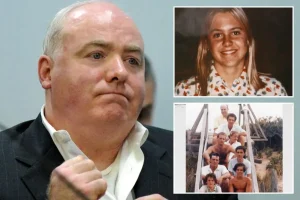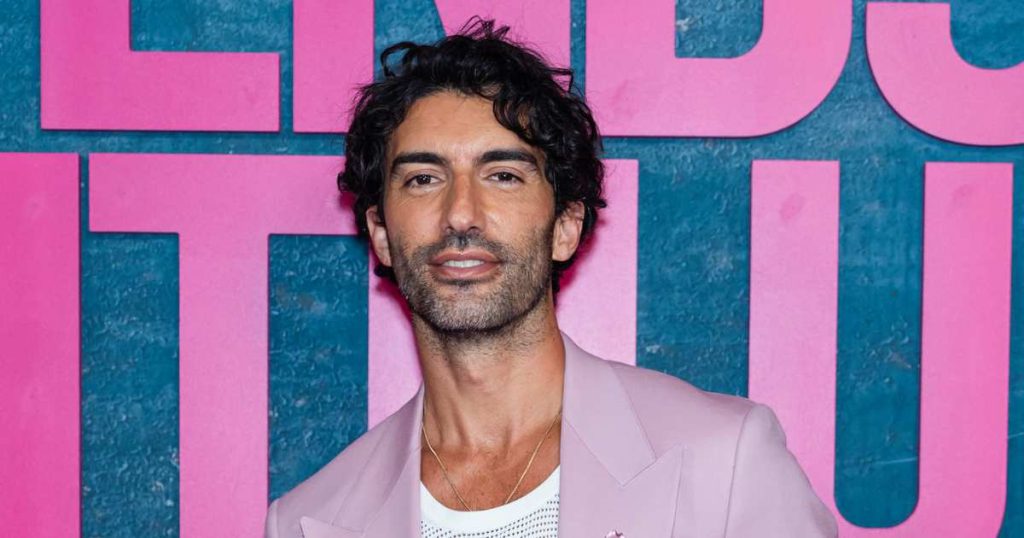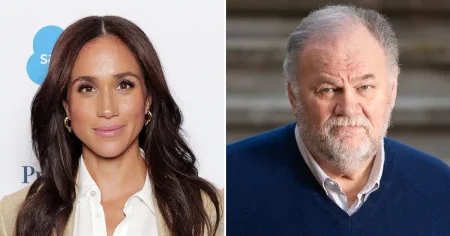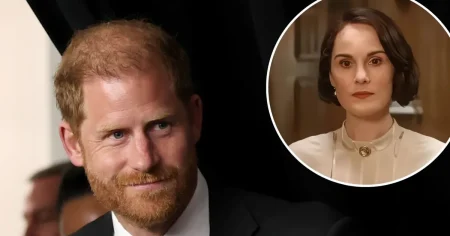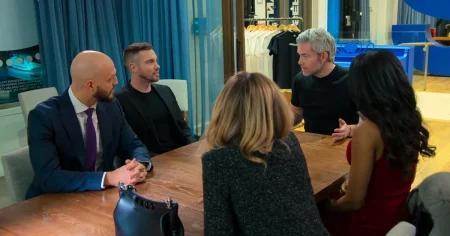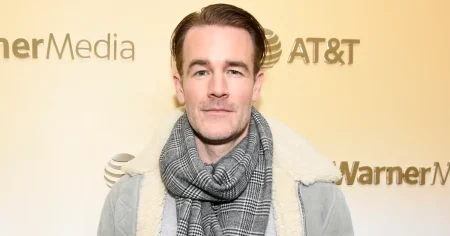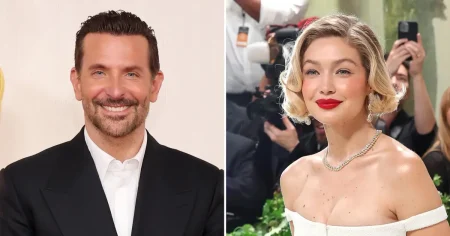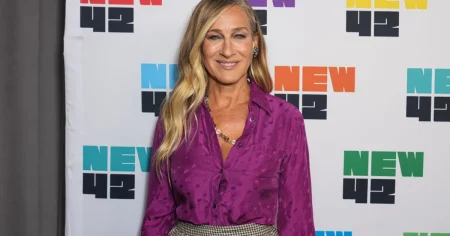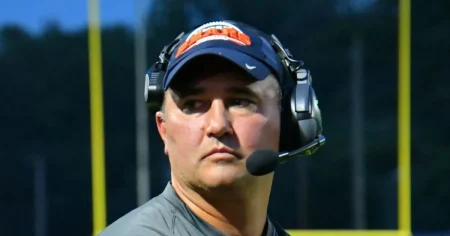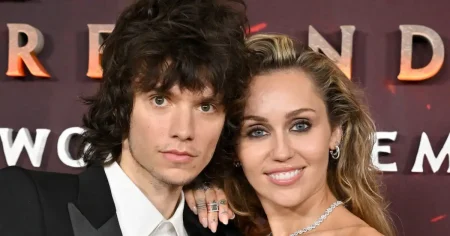The entertainment industry is embroiled in a bitter legal battle between actor and director Justin Baldoni and actress Blake Lively, stemming from the production of the film adaptation of “It Ends With Us.” Baldoni, who directed the film, has vehemently denied accusations of sexual harassment levied against him by Lively, culminating in a countersuit involving Lively, her husband Ryan Reynolds, and her publicist Leslie Sloan. The core of the dispute revolves around Lively’s claims of inappropriate behavior, unwanted touching, and the insertion of gratuitous sex scenes without her consent, allegations Baldoni refutes, claiming they are part of an extortion scheme.
Central to Baldoni’s defense is his account of meetings with an intimacy coordinator for the film. He asserts that Lively refused to meet directly with the intimacy coordinator, a woman specifically chosen to cater to the predominantly female audience of the source material. Consequently, Baldoni claims he was forced to relay the coordinator’s notes regarding intimate scenes to Lively, including discussions about orgasms and foreplay, points that Lively later cited in her complaint as evidence of Baldoni’s inappropriate focus on his own sex life. Baldoni maintains that the notes, which he has publicly shared, demonstrate that the contested content originated from the intimacy coordinator and not from him, and that he was merely acting as a messenger in Lively’s absence from the meeting.
The conflict escalated with the release of behind-the-scenes footage from the film’s production. Baldoni’s legal team presented the footage as exonerating evidence, claiming it disproves Lively’s allegations of inappropriate behavior during the filming of a slow dance sequence. The footage purportedly shows Lively leaning away from Baldoni and requesting that the characters simply talk, an interaction Baldoni’s lawyer argues shows a normal working process. However, Lively’s lawyers countered that the video itself reinforces her claims, portraying her discomfort and attempts to deflect unwanted physical contact from Baldoni, who, they emphasize, held multiple positions of power over her as director, studio head, and co-star.
Lively’s lawsuit, filed in late 2024, accuses Baldoni of sexual harassment, retaliation, breach of contract, infliction of emotional distress, invasion of privacy, and loss of wages. She details instances of alleged inappropriate behavior and conversations, asserting that Baldoni’s actions created a hostile work environment. Her legal team insists that the released footage corroborates her claims, highlighting what they interpret as clear signs of her discomfort and attempts to de-escalate the situation. They argue that the footage, rather than exonerating Baldoni, provides visual evidence of the harassment she alleges.
Baldoni, in his countersuit seeking substantial damages, accuses Lively, Reynolds, and Sloan of engaging in a coordinated campaign of extortion and defamation. He contends that their actions are aimed at damaging his reputation and career, and that Lively’s allegations are fabricated. He has consistently denied any wrongdoing, characterizing the situation as a deliberate attempt to extort money from him through false accusations. He asserts that the evidence, including the intimacy coordinator’s notes and the behind-the-scenes footage, supports his version of events and clears him of the accusations.
The legal battle between Baldoni and Lively remains ongoing, with both sides presenting conflicting narratives and interpretations of the available evidence. The released footage, intended as exculpatory by Baldoni’s team, has become a central point of contention, interpreted by Lively’s lawyers as further evidence of her claims. The case continues to unfold, with the veracity of both parties’ accounts yet to be determined by the courts. The dispute underscores the complexities and sensitivities surrounding allegations of harassment in the entertainment industry and the challenges of establishing truth amidst conflicting narratives.


